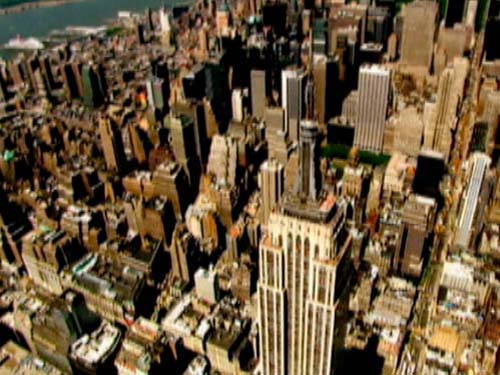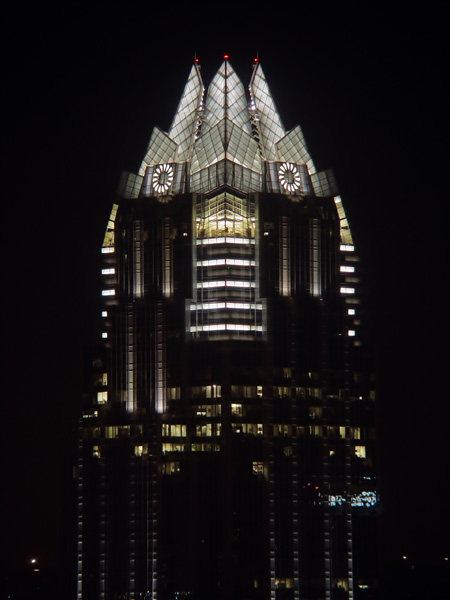
In 19th century, wealth became an important aspect in determining people's living standards. In Jacob Riis’s “How the Other Half Lives,” pictures that portrait the lives of poor immigrants in tenements clearly demonstrate the distinct gap between rich and poor. Even though industrial development has created prosperity in the society and brought fortune to some people, the lives of immigrants and poor people did not become better; surprisingly, it became harder for them to get better livings. Due to the lack of similar tenement environments nowadays, one might not be able to fully understand the reasons behind these miserable conditions. Stephen Crane, in his "Maggie, A Girl of the Street", points out that tenements have significant impact on impecunious families. Tenements not only restrict people’s ability to distinguish useful information, but also create “swamps” that turn down any possibility for improvement.

The main character, Maggie, is used to be a girl as innocent as girls from rich families. However, she was neither autonomous nor insightful enough to judge rationally because she has little contact with outside world. Taking care of her little brother, Maggie observes the world though the reflection of her parents.

When her parents quarreled, “the babe crawled under the table and, turning, peered out cautiously. The ragged girl retreated and the urchin in the corner drew his legs carefully beneath him.” (8) Different responses of three children from identical family show the profound influence which family post on children’s behaviors and thoughts. The babe’s action of “crawled,” “turning,” and “peered out” depicts the unique curiosity and innocence of children when they first encounter the world. It shows that babe is unaware of the meaning and danger of his parents' quarrel. However, Maggie and Jimmie choose to “retreat” and “drew his leg carefully beneath,” showing their acknowledgment of the issue. Their responses indicated that they have learned lessons from quarrel, for which they believe staying away from the issue is a better decision for them.

But, indeed, Maggie’s parents have nothing good to teach their kids. After the quarrel ends with the victory of woman, “the man grabbed his hat and rushed from the room, apparently determined upon a vengeful drunk. She followed to the door and thundered at him as he made his way down stairs.” (9) Stephen Crane describes the husband and wife relationship in order to emphasis the role of alcoholism that plays a frequent aspect of Maggie’s life. Before the quarrel even starts, wife has been drinking. When the quarrel ends, instead of appeasing the issue, the husband chooses for a “vengeful” drink that is going to help him forget the stress and madness while ruining himself. The words “apparently determined” and “rushed” show he has a frequent tendency of using alcohol as an access to release his pressure from works and quarrels. From her parents, Maggie can only experience alcoholism and quarrels that cannot help Maggie judge properly when she meets Peter with his attempting promises for better livings. She even uses her little savings to buy fresh flowers in order to win Peter's favor. Considering her economic background, Maggie makes an irrational decision and ruins her whole life.

In addition, when Maggie gets betrayed by Peter and has no where to go, no one but the old lady in the tenements seems to have sympathy on her, pushing her away from having a rebirth. Being considered a corrupted woman, Maggie returns and gets yelled by her mother harshly. Instead of stepping up to help Maggie, “through the open door curious eyes stared in at Maggie. Children ventured into the room and ogled her, as if they formed the front row at a theatre. Women, without, bended toward each other and whispered, nodding their heads with airs of profound philosophy.” (56) The depictions of neighbors' reaction to Maggie’s return show self-center character of the people in tenements. They do not care other people’s feeling at all. Children and the baby, unaware the significance of Maggie’s situation, “ogled” and they are “investigating” Maggie to find out why Maggie’s presence draws so much attention from their adults. They act like they are in a “theatre” and wait for interesting things to come out. More importantly, though women have experience more and know more than their children do, they are “nodding their heads with airs of profound philosophy,” showing their feeling of superiority but not helping Maggie. They simply just criticize her secretly as a corrupted woman to make them feel superior. Maybe in their mind, the purity and pretty of Maggie, for a long time, have been too bright for them to look compare to their lives. If Maggie can start over, she may become a more sophisticated woman who is able to think more critically and act more rationally. She gets a big lesson from Peter, and she may work out a better life from this experience. But, in reality, she gets discouraged and loses all her connections. She cannot get out of the swamp by any chance.























